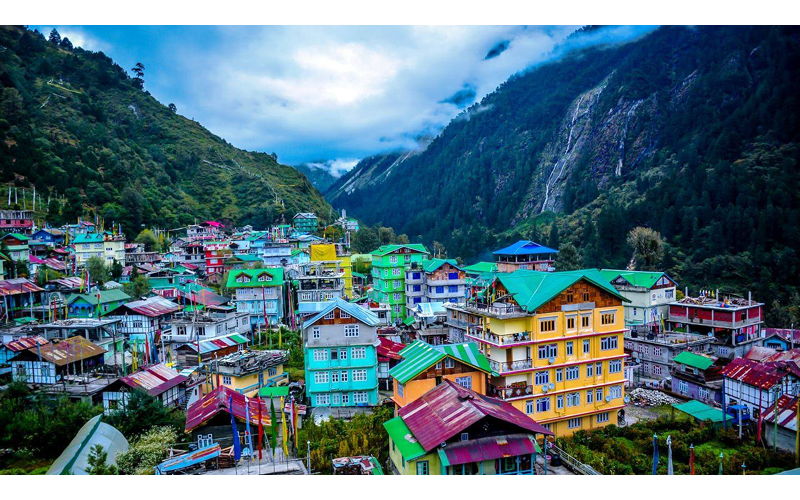Exploring the Wonders of Sikkim

Introduction to Sikkim
Sikkim, the second smallest state in India, is nestled in the eastern Himalayas and borders China, Nepal, and Bhutan. Renowned for its breathtaking natural beauty, rich biodiversity, and vibrant culture, Sikkim attracts tourists and nature lovers from around the globe. Its lush green mountains, stunning lakes, and diverse flora and fauna create a picturesque landscape that plays a crucial role in India’s tourism sector.
Recent Events and Developments
In recent months, Sikkim has been in the spotlight for various reasons. The state government has been actively working to enhance its tourism infrastructure, which has greatly improved access to remote areas and promoted sustainable tourism. For instance, in September 2023, the Sikkim government announced a new initiative aimed at eco-friendly tourism, urging travelers to minimize their carbon footprint while exploring the state’s natural wonders. This initiative includes better waste management systems in popular tourist destinations like Tsomgo Lake and Nathula Pass.
Additionally, in response to the increasing interest in adventure tourism, Sikkim is encouraging trekking and mountaineering activities with necessary safety protocols in place. The state has opened several new trekking routes that offer mesmerizing views of the Kanchenjunga range, attracting both experienced trekkers and beginners. The state’s rich heritage has also led to renewed interest in cultural tourism, with initiatives promoting local festivals and traditional crafts.
The Significance of Sikkim
The ecological significance of Sikkim cannot be overstated. It is home to numerous national parks and wildlife sanctuaries, such as Khangchendzonga National Park, which was designated as a UNESCO World Heritage site in 2016. The state harbors diverse ecosystems, from temperate forests to alpine meadows, making it a biodiversity hotspot. Sikkim’s proactive stance on environmental conservation is evident through its policies prohibiting plastic packaging and promoting the use of organic farming practices, which have positioned Sikkim as India’s first fully organic state.
Conclusion
Sikkim stands as an exemplar of sustainable tourism, offering visitors a unique blend of natural beauty and cultural richness. As the state continues to develop its infrastructure while prioritizing environmental conservation, the future of tourism in Sikkim looks promising. For travelers seeking adventure, tranquility, and a deeper connection with nature, Sikkim is the perfect destination to consider. The ongoing efforts of the government and local communities to preserve Sikkim’s unique landscapes and culture are integral to maintaining its status as a Himalayan paradise for generations to come.




